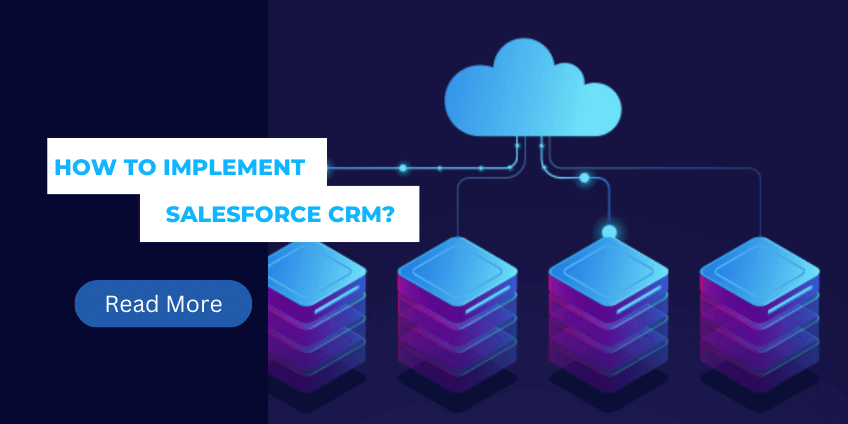Cloud Services Implementation
In today’s rapidly evolving digital landscape, cloud computing has become a cornerstone of business innovation, providing unparalleled scalability, flexibility, and cost-efficiency. Organizations across industries are increasingly adopting cloud technologies to enhance their IT infrastructure, streamline operations, and drive digital transformation. However, the success of moving to the cloud hinges on a well-executed cloud services implementation strategy. This article delves into the critical aspects of cloud services implementation, offering a step-by-step guide to ensure a seamless transition to the cloud.
Understanding Cloud Services Implementation
What is Cloud Services Implementation?
Cloud services implementation refers to the process of deploying cloud-based solutions within an organization’s IT environment. This involves selecting the appropriate cloud service model—such as Infrastructure as a Service (IaaS), Platform as a Service (PaaS), or Software as a Service (SaaS)—and meticulously planning, designing, and executing the migration from on-premises infrastructure to the cloud. Effective cloud services implementation allows businesses to leverage the full potential of cloud computing, including improved agility, cost savings, and enhanced performance.
Key Steps in Cloud Services Implementation
1. Assessing Organizational Needs
The first step in any successful implementation is assessing your organization’s unique needs and objectives. Understanding the specific requirements of your business will guide the selection of the right cloud services and platforms. Consider factors such as scalability, security, compliance, and integration with existing systems. This initial assessment forms the foundation of a customized cloud implementation strategy.
2. Planning and Design
Once organizational needs are assessed, the next step in implementation is planning and design. This involves creating a detailed roadmap that outlines the architecture, deployment strategies, and security protocols for your cloud environment. During this phase, it is crucial to align the cloud services implementation with industry best practices to ensure a scalable, secure, and efficient cloud infrastructure.
3. Setting Up the Cloud Environment
Setting up the cloud environment is the core of cloud services implementation. This step involves provisioning the necessary cloud resources, configuring virtual machines, storage solutions, and network components, and ensuring seamless integration with on-premises systems. Automating the deployment process using tools like Infrastructure as Code (IaC) can significantly enhance the speed and consistency of your cloud services implementation.
4. Ensuring Security and Compliance
Security and compliance are critical components of any cloud services implementation. As you set up your cloud environment, implementing robust security measures is paramount. This includes data encryption, identity and access management (IAM), and network security. Additionally, ensuring compliance with industry regulations and standards is essential to protect sensitive data and maintain customer trust. Cloud service providers typically offer a range of tools and services to help organizations achieve compliance during cloud services implementation.
5. Monitoring and Optimization
Continuous monitoring and optimization are vital for maintaining the health and efficiency of your cloud environment. After completing the initial implementation, it is important to use monitoring tools to track resource usage, performance, and security. Regularly optimizing your cloud infrastructure ensures that your organization continues to reap the benefits of cloud computing, such as cost savings and enhanced performance.
Best Practices for Cloud Services Implementation
1. Leverage Cloud Best Practices
Adhering to cloud best practices is essential for a successful implementation. This includes following guidelines for security, scalability, and performance optimization. By leveraging cloud provider documentation and industry standards, you can ensure that your cloud environment is robust and resilient.
2. Automate Where Possible
Automation plays a crucial role in implementation process. Utilizing automation tools and scripts for deployment, scaling, and management reduces the risk of human error and ensures consistent configurations across your cloud environment. Automation also allows for quick and efficient scaling of resources in response to changing business needs.
3. Regularly Update and Patch
Keeping your cloud environment up-to-date is critical for maintaining security and performance. Regularly apply updates and patches to your cloud services to protect against vulnerabilities and ensure optimal performance. Using automated patch management tools can streamline this process and reduce downtime during updates.
Conclusion:
Cloud services implementation is a complex but rewarding process that requires careful planning, design, and execution. By following a structured approach, assessing organizational needs, and leveraging best practices, businesses can successfully transition to the cloud and unlock the full potential of cloud computing. Continuous monitoring, optimization, and automation are key to maintaining a secure, scalable, and efficient cloud environment that drives innovation and growth.
Summary:
This article outlines the critical steps and best practices for a successful implementation. From assessing organizational needs to setting up and optimizing the cloud environment, the guide provides a comprehensive overview of the process. Leveraging automation, ensuring security, and following cloud best practices are crucial for a smooth transition to the cloud. For further insights, explore our articles on “Salesforce Implementation Methodology,” “Pardot Implementation Guide,” and “Oracle Cloud Implementation.”
Author Spotlight

Chandan K. Sharma
An entrepreneur and author with a deep passion for technology, CRM, and digital marketing. Chandan is a versatile content creator and expert in CRM, sales automation, and marketing automation. He combines creativity with strategic thinking to deliver innovative, scalable solutions that help businesses streamline operations and drive growth.
